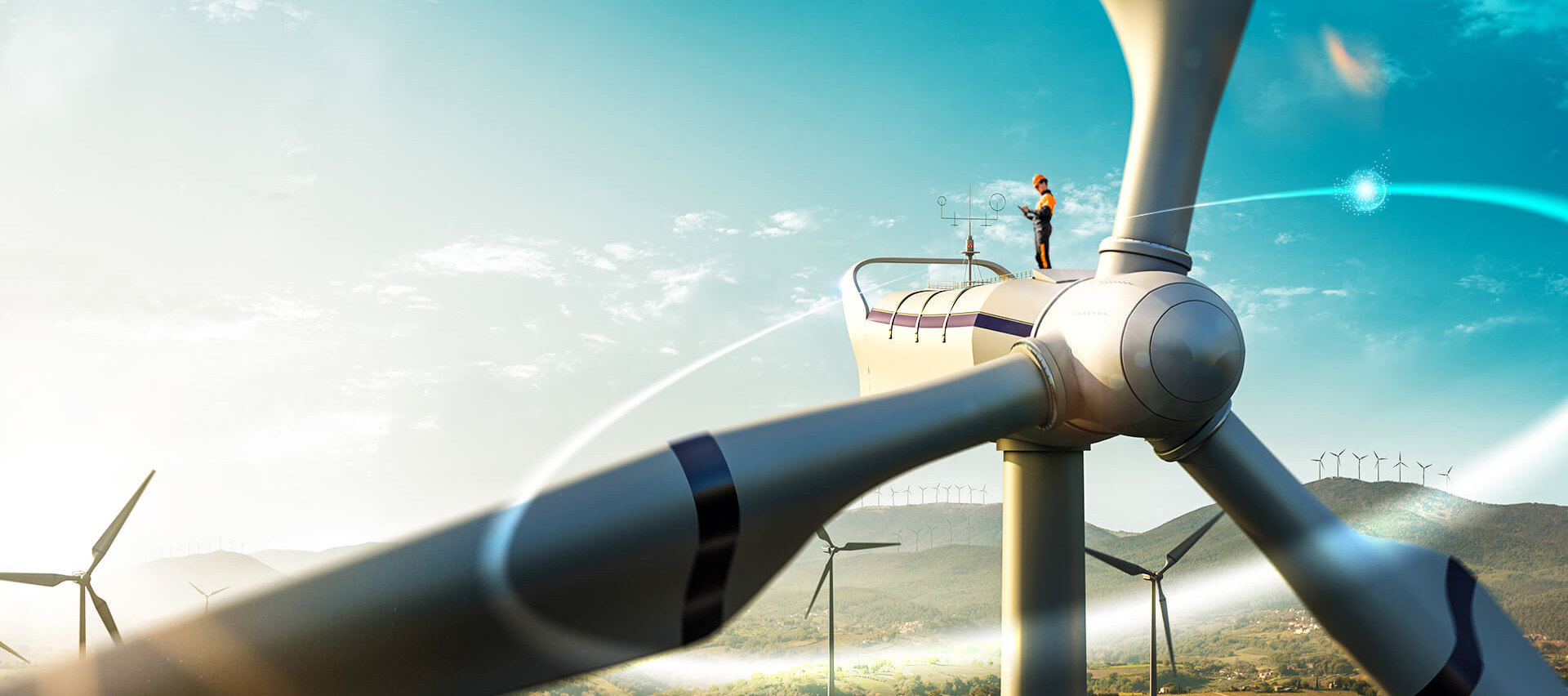Scale up energy innovation for cleaner power generation
Accelerate the transformation of energy systems and make decentralized, low-carbon power generation a success
Balancing competing energy demands
According to the World Energy Council, the competing demands in energy today can be best described as a trilemma, encompassing:
- Energy security, which involves meeting current and future energy demands through assured infrastructure reliability and resilience
- Energy equity, which is to ensure universal access to reliable, affordable, and abundant energy for domestic and commercial use, and
- Environmental sustainability, which means transitioning towards less environmentally harmful means of power generation, transmission and distribution with a focus on decarbonizing the energy system and improving air quality.
In response, energy companies must accelerate the transformation of existing and next-generation energy systems to be safer, more efficient and more sustainable.
This would mean different things to different energy companies; some have to improve legacy power generation systems that have to work with current and future grids, whereas others are already beginning the work today to usher in power generation solutions to decarbonize the energy system of the future.
For wind turbine or solar panels manufacturers, that means devising more efficient equipment to deliver low-cost energy. However, wind power requires significant product innovation to become competitive and be able to be deployed in new areas with low wind speeds.
But efficient decarbonization can't happen with wind or sun alone; energy innovators need to address innovation of the entire grid as a part of smarter power system. This involves battery manufacturers who are iterating towards vehicle-to-grid applications, which present a potent and disruptive flexibility solution that demands even more out of battery technology.
Then we have legacy nuclear reactors, whose lifespans can be extended – and, as a result, keep averaged costs competitive – provided they can demonstrate continued safe operation and maintenance. Small modular reactors are another cutting-edge technology about to open another option to deliver emissions-free energy closer to where it’s needed, if companies can satisfy stringent regulatory requirements and go to market quickly, and in sufficient numbers.
As the future of energy innovation is upon the industry, energy companies need to rethink how power generation projects can be successfully completed, delivered and operated and that occurs through the accelerated adoption of more digitalization, collaboration and simulation.
Accelerating the future of energy innovation
First, energy players must recognize that low-carbon power generation goals need to be consistently referenced and aligned with throughout the entire project. Successful outcomes can be realized when energy players can match project progress with KPIs and complete them on time and on budget.
Second, such consistency is only possible when all project stakeholders have the tools to collaboratively scale up the scope of visibility, design, simulation, planning and execution capabilities. Achieving this successfully requires integrating multidisciplinary teams so every individual always has the most up-to-date data and can determine the impact of their choices and decisions against delivery goals.
This also means that they’ll always know what they do results in safer, more efficient operations while meeting regulatory compliance and balancing project time and cost requirements.
Third, energy players need the right digital solution that’s able to help them innovate across the entire scale of energy elements, from manipulating the molecules of battery electrolytes to the complex inner workings of Generation IV nuclear reactors.
These are multiscale and multiphysics capabilities that enable energy players to collaboratively and virtually ideate, design and simulate potential solutions for their power generation systems and iterate towards the best solution quickly. They’ll also be able to account for the post-use realities of decommissioning or disposal, which is an inevitable part of any power generation solution.
Beyond multiscale and multiphysics simulation capabilities, which delivers tools for super-specialized applications, Dassault Systèmes is the only enabler of the organization, orchestration and optimization of collaborative simulation. We are democratizing simulation to multidisciplinary teams to more easily access the results of the work done by specialists or automated simulations.
The right partner for low-carbon power generation
These capabilities are fundamental to help energy players accelerate towards low-carbon power generation and they have been proven in a variety of technologically demanding contexts, including:
- Innovating wind energy advancements such as system simulation for vibro-acoustic prediction, accurate non-linear blade deformation predictions under extreme loads, far-field aero acoustic simulation and hardware-in-the-loop simulation
- Helping over 80 percent of battery manufacturers deliver advanced battery systems
- Simplifying battery development for electric vehicles with the automotive industry’s solution of choice that’s used to deliver over 90 percent of vehicles on the road
- Improving performance, safety and cost for 66 percent of operational reactors and 80 percent of new, work-in-progress nuclear reactors globally
- Cutting edge modelling and collaboration capabilities to progress ITER, the thirty-five-nation international nuclear fusion reactor project
- Systems engineering workflows and capabilities that have been refined in aerospace for over 40 years
All of these, and more, are possible with Dassault Systèmes’ 3DEXPERIENCE® platform, which is the one digital platform for energy companies to enable new ways of working and understanding, realize fresh ideas and actualize more effective project execution from end to end.
The 3DEXPERIENCE platform creates a safer, more collaborative working environment to meet project requirements more quickly and cost-effectively, and ensures more transparency and traceability to satisfy stakeholder demands. Our exclusive book will demonstrate how you can accelerate towards low-carbon generation when you scale up your capabilities to make power systems safer, more efficient and more sustainable.
Accelerate the transition to low-carbon power generation
Our eBook shows how you can scale up the transition to safer, more sustainable and efficient power generation. Discover the ways to help accelerate the realization of low-carbon power generation, and learn about the new capabilities that await the innovators of new battery, wind or nuclear technologies.

